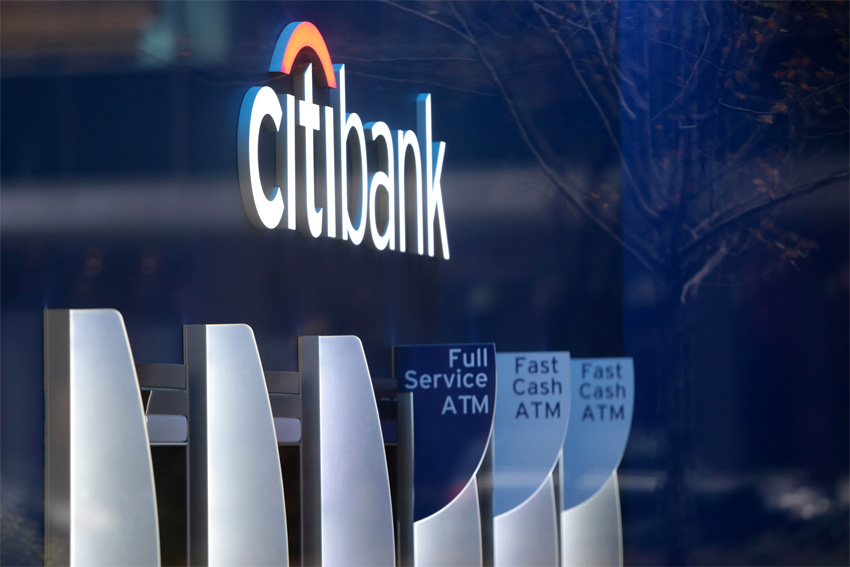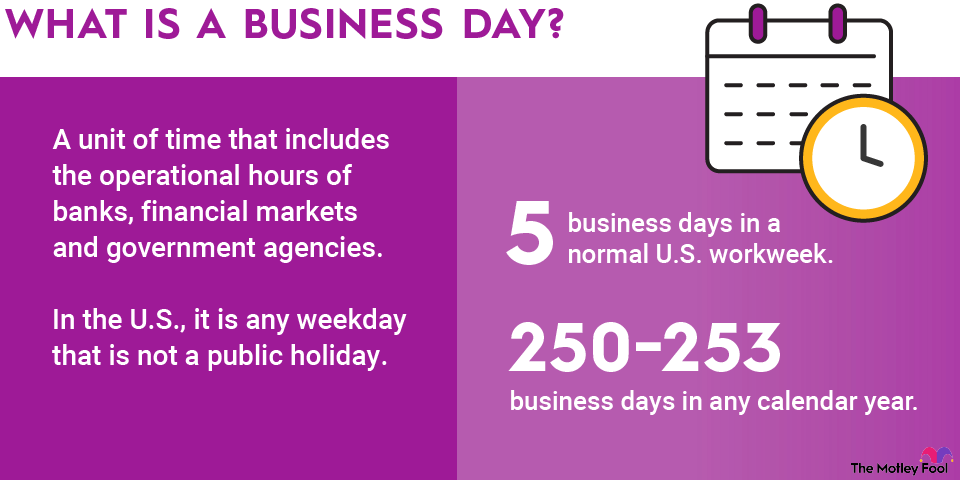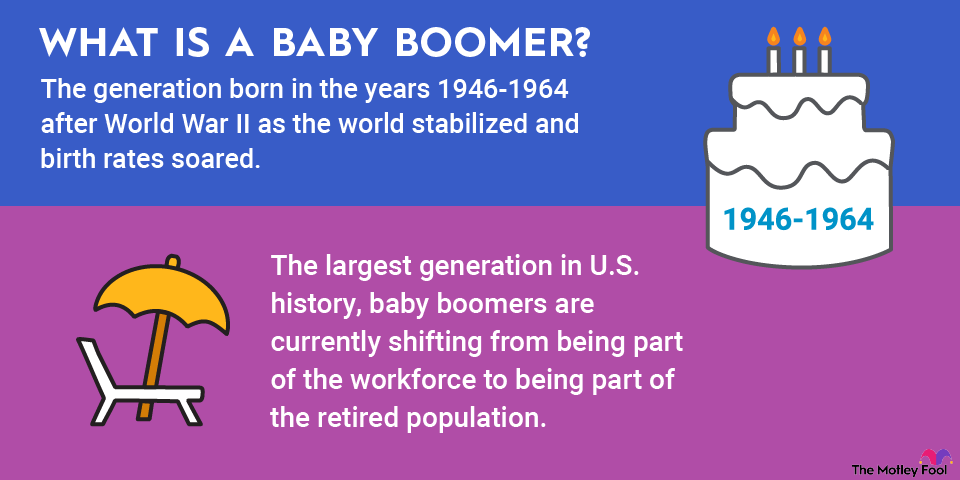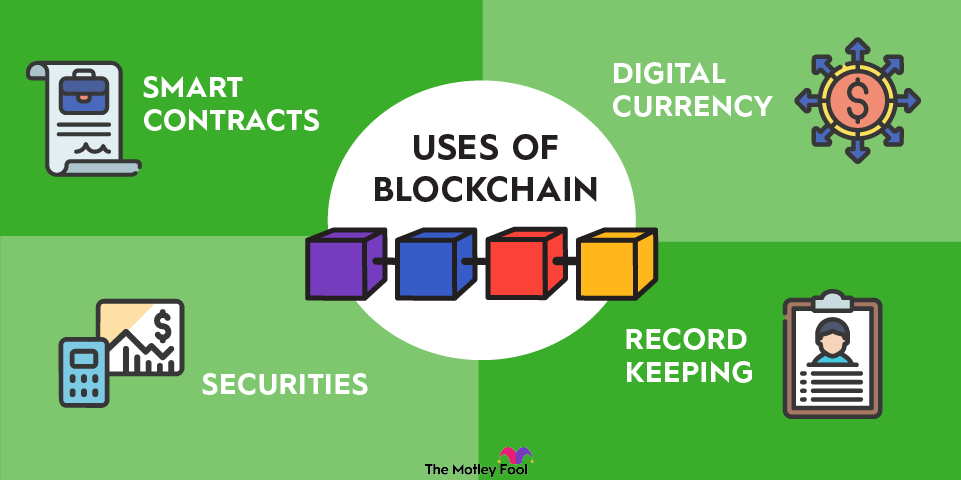A blockchain fork is like a fork in the road for a cryptocurrency project. This is what happens when the community of developers behind an open-source blockchain system comes up with new ideas and wants to tweak the code. Many cryptocurrencies were started this way. So, let's take a look at what blockchain forks are, how they work, and why they matter to cryptocurrency investors.

What is a blockchain fork?
A blockchain is a publicly available ledger of transactions. Each block of information contains a large number of transactions, along with links to the previous and subsequent data blocks. Anybody can read this information, but the transactions cannot be changed, and everything is wrapped in several layers of encryption.
All of this functionality is managed by software running on many computers known as nodes. Adding new blocks to the blockchain ledger requires many nodes to agree that the new data is good and should be included in the next block.
In most cases, this software is created and supported by a global community of open-source developers. Changes to the code are done by forking the existing code. It's called a soft fork if the new version of the blockchain nodes' software is compatible with older versions. A hard fork essentially creates a whole new system and breaks compatibility with former code generations.
So, a soft fork is basically a gentle software upgrade, and it's OK if several different versions are running simultaneously for a while. This is a common way to go for simple bug-fix releases or adding optional features to the established node code.
Hard forks can do two things. If everyone is on board with the code-breaking changes, the whole network of blockchain nodes upgrade their software in parallel and continue as one united project. But if some node owners prefer the older code, the hard fork effectively creates a new blockchain network that can't exchange information with the previous version. Some of today's most popular cryptocurrencies were started as hard forks of other cryptocurrencies.
Feature | Soft fork | Hard fork |
|---|---|---|
Backward compatibility | Yes | No |
Disruption to the network | Minimal | Significant |
Use cases | Introducing optional features, fixing bugs | Making major changes to the blockchain, creating new cryptocurrencies |
Outcome of a fork | One chain continues, the other dies out | Two chains coexist |
How do forks work?
Soft forks happen all the time. Every serious blockchain network occasionally updates its code to stay current with modern blockchain technology and move forward with new and improved features. Getting every node on board with the new version isn't strictly necessary, but it's still a good idea to standardize the code base so you don't run into unexpected bugs when different versions of the node software interact with each other. So, the blockchain communities typically try to get everyone on board with soft forks fairly quickly.
Hard forks can be game-changing. That's not a problem when everyone agrees that the project is moving in the right direction. A synchronized update with a firm date and time for the cut-over will simply upgrade the entire system to a new software version. The updated code will have gone through rigorous testing before this point, and the result should be a smooth transition to a better blockchain system. Other than enjoying the improvements of the new code -- perhaps tighter security, improved smart contract execution, or faster validation of transactions -- coin owners shouldn't even notice when the hard fork happens.
But the changes can be controversial, too. When developers and node owners disagree on the best way forward, a blockchain project can end up with some nodes installing the new software and others staying with the old one. For example, a few tweaked variables in the code may boost the processing performance at the expense of lower security. Some people see value in that change, while others insist on iron-clad security. Therefore, the project is split into two branches with different design philosophies. A new blockchain network is born.
Blockchain Node
Why should crypto investors care about blockchain forks?
Cryptocurrency investors should keep an eye on the roadmaps of their favorite crypto names. These plans are usually published on the crypto project's official website. Planned forks outline the blockchain network's future, and it's always good to know where you're going. In particular, ambitious hard forks can lead to a dramatically different cryptocurrency system or split the community into two separate cryptocurrencies.
You don't have to pick a side in the contentious hard forks, by the way. The existing blockchain continues running as before, and the incompatible new version goes off in a different direction. Owners of the original cryptocurrency will find their existing holdings untouched but joined by an equal number of the new coin. In other words, you get a free helping of a new cryptocurrency with every hard fork, and then it's up to the free market to determine how the value of each branch will develop over time.



















